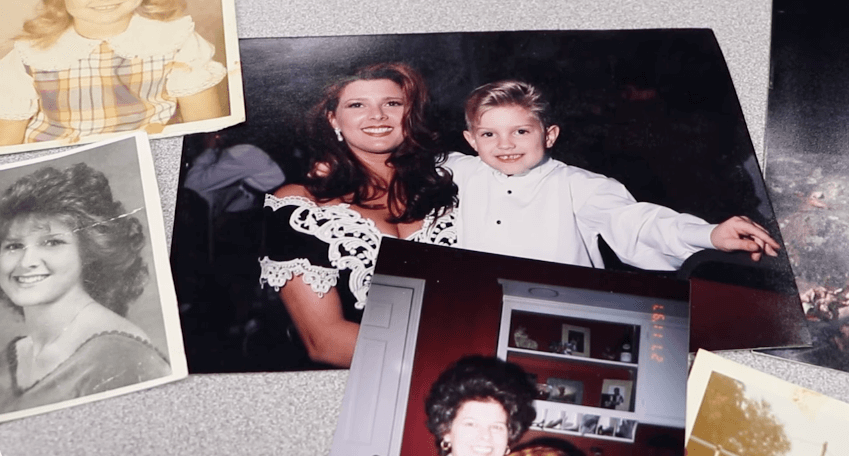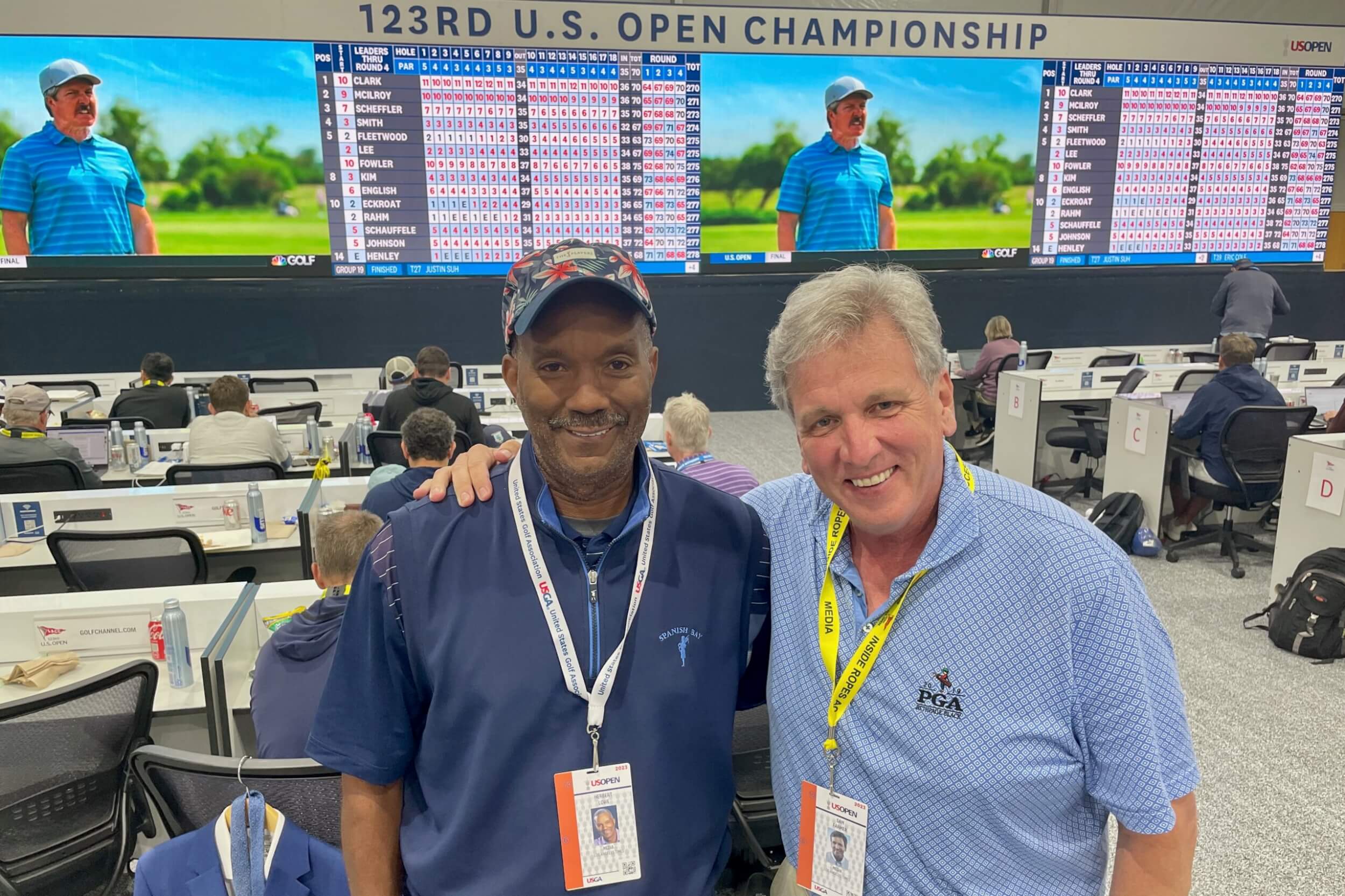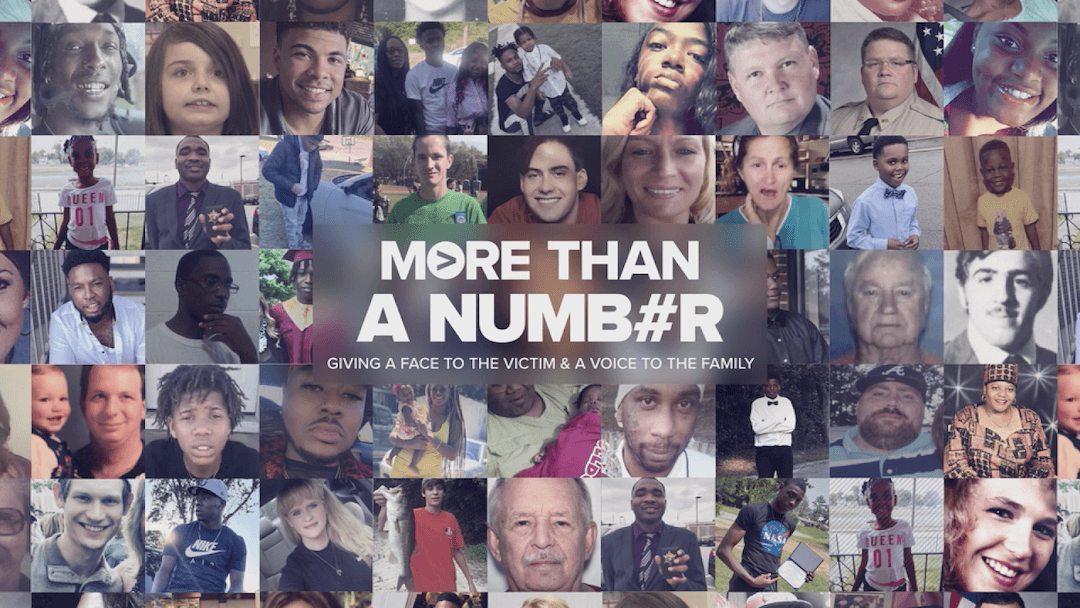When Adam Gaub began his communications job for Gaston County, North Carolina, in early 2020, he brought with him years of journalism experience. Embedded in that experience was reporting he’d done on a cold case while at WCTI-TV, a station based in eastern North Carolina.
“It’s still a case that’s unsolved, but it kind of stuck with me,” Gaub said.
In his new job, cold cases were still in the back of his mind. Once Gaub began bouncing ideas with some of his new colleagues, an idea took shape.
The Gaston County Communications Office began working in earnest on a new video documentary series on cold cases throughout Gaston County. The series, titled “Gaston Unsolved,” launched in July with the story of James Harold Smith, a construction worker whose body was found north of Mount Holly in 1979. Another episode features the story of Jennifer Rivkin, a woman who was reporting missing in 2008.
Gaub, who is now communications director for the county, leads a team through the production of the series. The goal of “Gaston Unsolved” is to feature cold cases from police agencies in Gaston County as part of a multi-season, multi-year effort to bring justice to people to whom it is long overdue.
Though he’s no longer at a newspaper or station, Gaub has used the skills he gained as a journalist to create this series. “I don’t know that I consider myself a former journalist because I think that, in some ways, I’ll always be a journalist,” he said. “I always am going to have that passion for good storytelling, and for guiding people towards the truth.”
Gaub spoke with Poynter recently about his new documentary series, the true crime genre and a lot more.
This interview has been edited for clarity and brevity.
Walk me through your first discussion about this idea with your Gaston County colleagues.
We started talking about it probably in late spring of 2021. I’ve worked in both newspapers and in TV, but there was one case in particular when I worked for WCTI, which is in eastern North Carolina. I’d been both an executive producer and investigative reporter for them, and I had spent some time doing work on a cold case there. I’m actually still in contact with the stepfather of the person that ended up being killed. It’s still a case that’s unsolved, but it kind of stuck with me. It was something that, looking at what we had available as resources, I thought we could do here as a county communications office. And I get that that’s a little bit outside the box. But I think a lot of the things that I’ve tried to do since coming here have been outside the box.
We do what’s now a weekly podcast. We do a monthly music series with local artists, in addition to doing the “Gaston Unsolved” project. And we have a lot of other things that we do that are a little bit more traditional: We do PSAs and press releases, and all sorts of other stuff that you might see more typically from a local government communications office. But I approach it with the mindset of: We want to produce compelling content that people are going to be interested in wanting to consume. And not just like, “Oh, well, you should want to know what we’re telling you simply because we’re the government.” We can’t approach it like that.
I read that you came into this role having nearly 14 years of journalism experience in print, digital and broadcast media. How does reporting this series out compare to a traditional TV news story?
When I worked at WCTI and got to do stories about the cold case, I was really big on being able to do stories that lasted longer than they typically would … which is almost unheard of in local TV news. Even longer stories only go for two or three minutes. I was really fortunate, in that regard, that they gave me a lot more airtime than you would typically get. And I think part of that is I was working in a smaller market, so I had a little bit more grace.
So being able to do that here at the county, we didn’t have any of those restrictions. For us, it’s about how can we effectively tell the story and get people interested in watching what we’re producing. We don’t want to do something that’s two hours long, so we want to take that into account. But we’re certainly not constrained by, “Oh, we’ve got to get this in between the B Block and the C Block breaks,” or that sort of stuff. We don’t have any of those constraints.
How much control do the county and police get over the final production?
In Gaston County, we’re a little bit unique. We’re the only county in North Carolina that has its own police department. So typically we would just have the sheriff’s office, but we have both the sheriff’s office and the police department. For us, The sheriff does more stuff with the jail and process stuff from the courts, whereas the police department does a lot of the actual policing of the jurisdictions outside of our different municipalities.
So we’re not only working with our county police department, we’re working with all the different local municipalities. There’s probably about 60 cold cases in total that we’re looking to get to over the course of several years and several seasons of this. One of the things that’s good is they’ve been very willing to sit down with us, provide us as much information about the case as they can without jeopardizing anything that they feel would hinder the investigation.
We do send them advanced copies once we’re done, just for them to review. But we haven’t had anything yet (with) the episode that’s been published and the episode that we’re finishing now, where there’s been any sort of pushback from them in terms of, “Oh, yeah, don’t run that,” or “Don’t say that.”
We’re obviously coming at it from the government side. We’re interviewing police officers. We’re interviewing family members, friends, what have you, but I don’t think that there’s necessarily animosity or like a combative relationship. It definitely is a partnership relationship. But in terms of having stuff that’s been censored, we certainly haven’t had any of that yet.
How are you deciding which cold case to cover next?
We initially thought about doing them from oldest to newest. The oldest case that we’re taking on is one that goes all the way back to 1966. But after we sat down and did an initial batch of interviews with detectives from both Gaston County Police and our largest city — which is Gastonia — and their police department, we decided to start doing research, pulling newspaper clippings and then reaching out to family members, friends, witnesses — people that could talk about the people that went missing or were killed. We wanted to tell a holistic story about who those people were.
There are probably going to be a few cases that we get to that those people, for whatever reason, aren’t around anymore. Or just nobody would talk. But in determining which cases to do first, it’s really been driven by which family members and friends will sit down and talk to us, because that way we can put together a complete episode.
You’re not at a station anymore. You are a government employee. What do you bring to this project from your journalism background?
This really gives me a chance to stretch those journalism legs a little bit and get into that whole sense of storytelling, which I really enjoy, while also trying to do something that I feel like can be a really good community service. We have the ability to run these episodes on our YouTube channel and on the local government access channel that we operate. …
It allows me to go out and utilize interviewing skills, utilize some of the research skills that I put to use for a number of years. That’s been really helpful. I have a team of folks that work with me here in the communications office. My deputy communications director is our lead researcher for the project. She used to work as a TV producer. One of our editors and producers that’s worked on some of the scripts used to be a newspaper reporter. So we’re able to bring in a couple people’s journalism backgrounds and really put that to good use.
What of your journalism experience have you had to leave behind?
[Laughs] The deadlines more than anything else, quite honestly. I’ve been given a lot of leeway by my boss — that’s the county manager, Dr. (Kim) Eagle. There really hasn’t been a sense of like, “Oh, you’ve got to do this project this way.” We let them know we were thinking about this idea back in 2021 and they were fine with it and just kind of stayed hands-off and let us run with it.
We’ve gotten really good feedback on it. The hope is that people can see that government communications can be more than just kind of a one-way street. We want this to be something where people can see there’s real value to what we’re producing. It can be interesting. It can be compelling, but at the same time, really valuable, too. Because obviously at the end of the day, we’re hoping to help bring new leads to these cases.
What led you to leave journalism?
I was always a newspaper guy. I really enjoyed being able to tell stories. I felt like, in print, you have more room to get into the nuance of some situations. I was laid off in 2017 and spent a couple years working in TV. And while there are some things that I liked about TV, the daily grind of having to constantly produce content for the shows doesn’t give you as much time to get in-depth in stories as much. … It didn’t fit what I wanted to do, and I didn’t feel like it was doing the best service that it could for the community. When I worked in newspapers, I spent more of my time covering police and local government. I did some sports coverage, but I did primarily news. I saw the value of what good government could be for a community, and I wanted to be a part of that.
How do you feel being in your current role?
I love it. Like I said, I’ve been really fortunate to be able to put a good team around me. It wasn’t necessarily going out and adding a bunch of positions. The county had some different people that were serving in communications-type roles in different departments, so we just primarily consolidated them all into one place. And now I have a really effective communications department that handles everything from TV, podcasts, the website, speech writing, press releases, you name it.
I feel like, in my role, I get a chance to help explain what we’re doing at the government level, to folks that live here — and help peel back that curtain so that people feel comfortable with the decisions that are being made, that they understand what’s going on and why things are happening. If government can be as transparent and as communicative as possible, that can only better serve the residents that we’re trying to serve.
Do you consider your series to be true crime?
I definitely think it is. Each episode is very much in a documentary style. We haven’t gone the route of doing any kind of reenactments or anything like that. Everything that we’re getting is very much drawn from police reports, the interviews that we do with friends and family members, going back and looking at the original source documents, if you will — the original reporting that was done at the time that either the disappearance or the murder happened.
I definitely think it falls into that genre. We definitely take some inspiration from “Unsolved Mysteries” or “Disappeared” or some different Investigation Discovery-type shows for sure.
As a journalist, I’m sure you’re aware of the criticisms against true crime. Some feel it’s disrespectful to crime victims and their families, or consider it part of trash culture. How did you work to address or avoid those criticisms?
It’s definitely an interesting balance. We want to make each episode compelling and watchable, and something that people are going to want to share, so that we can get it to as wide an audience as possible. But we don’t want to fall into the trap of being sensationalizing with it. Sometimes it can be very easy to set things up and almost have cliffhangers and misdirection, and that’s not really what we’re going for.
We feel like the stories of what happened to these people, and who they were as individuals, is compelling enough. If we tell it the right way, if we show it the right way, people are going to be interested in watching without having to add in any of the extra jazz that sometimes can lead to those rightful criticisms of some of the true crime documentaries.
What is your hope for this series? What would success look like for you?
Success for sure is getting new leads on any of these cases, and potentially getting any of them solved. That’s obviously a high bar and, to a certain extent, out of our control. But if we produce something that people like to watch, that they are interested in sharing with friends, family members, neighbors, even strangers, then we can get it in front of as wide of an audience as possible. Then that obviously increases the chances that you could see new leads for the police departments in these cases. That’s obviously the goal for us.






Comments